Happy Mother’s Day to the Gardeners!
Mother’s Day is this weekend, have you gotten her something special? Planning a special outing? If you are still struggling with what to do, here are a few suggestions from The Mossy Tree Crew!

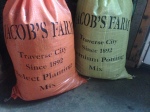
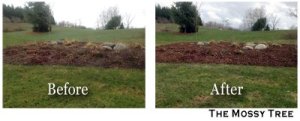

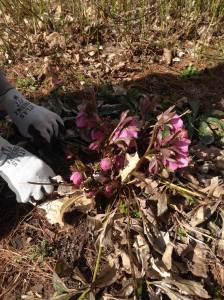
Mother’s Day is this weekend, have you gotten her something special? Planning a special outing? If you are still struggling with what to do, here are a few suggestions from The Mossy Tree Crew!





Saturday, I spent the day shoveling the last of the snow out of my garden bed, and spreading it out so it would melt away. (Spring Fever!) I also took that time to clean out my beds of the last few leaves and prune the damaged limbs from the shrubs. It was great getting those things done, but I am most excited about getting my garden and borders mulched. It always looks so complete, and it will pay off big time in the season ahead.
1. Weed control. You’ll still get a few weeds that you can pull when you go by, but NOTHING compared to what you get when there is no mulch. Bare ground without mulch will work you silly trying to control weeds.
2. Protection from the elements. Rain will compact bare soil. Sun then bakes it. The result is not the best environment for plants.
3. Prevents erosion. You sure don’t want all that good soil running off somewhere else with the rain.
4. Improves the soil. As mulch breaks down it improves the soil texture by adding organic matter. (This is how
easy it is to improve soil!)
5. Helps maintain moisture in dry weather.
6. Can keep warmth in the soil over winter. Mulched beds won’t freeze as readily as un-mulched beds.
7. Keeps the soil cooler in summer heat.
8. Looks nicer.
9. Saves time. I think this is best reason of all. It saves you tons of time on garden chores you will never have to do!
That bears repeating: It saves you tons of time on garden chores you will never have to do!
And the best time to Mulch is Spring!
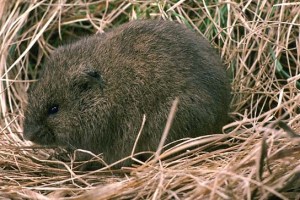
So you just discovered that those cute furry little things are the ones wreaking havoc on your landscapes! Now, how to identify and eliminate!
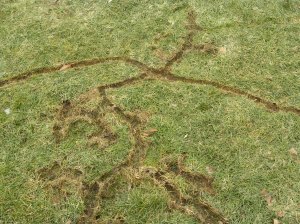
We’re talking voles, NOT moles. Voles are small rodents similar to field mice. They have small rounded ears, small eyes, and short tails. You’ll know voles by the snake-like tunnels that you’ll see all over your lawn. They’re very active in the spring and then their manic tunneling subsides.
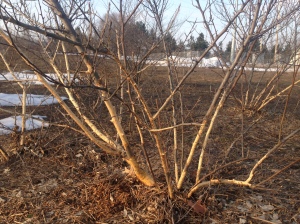 Voles love fields with lots of weeds and coverage. They are active both day and night, especially evening and early morning hours. They love to burrow underground and will eat bulbs and root vegetables. If you have partially eaten carrots, potatoes, etc., you may have a vole problem. They also nest at the base of trees and shrubs which can cause damage to the roots, especially as they tend to chew the bark. As the snow melts, we are seeing lots of vole damage in our shrubs.
Voles love fields with lots of weeds and coverage. They are active both day and night, especially evening and early morning hours. They love to burrow underground and will eat bulbs and root vegetables. If you have partially eaten carrots, potatoes, etc., you may have a vole problem. They also nest at the base of trees and shrubs which can cause damage to the roots, especially as they tend to chew the bark. As the snow melts, we are seeing lots of vole damage in our shrubs.
Nothing is sure when trying to eliminate voles, but here are some methods to try for your garden: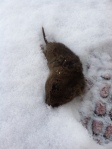
1) Make your yard inhospitable to voles! Cut back brush, mow, weed, and create a clean space.
2) Live traps near vole runways or the nesting sites at the base of trees and shrubs. Bait traps with peanut butter and set baits midday to early evening when voles get more active. Relocate voles to a faraway field. The success to trapping is persistence.
3) Bait voles with a registered rodenticide. Consult your local garden center or professional critter control agency.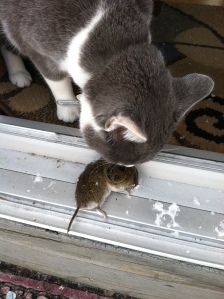
4) Protect a garden by fencing the area with a half-inch of mesh, at least 12 inches above the ground and buried 6 to 10 inches deep.
5) Add gravel to the planting hole surrounding the bulbs. When you plant bulbs, drench or powder them with a fungicide to discourage voles.
6) The best control method: an outdoor cat.
 Even though the snow is still blowing and the temperatures are keeping us huddled around the fireplace, now is the time to start planning your gardens. Here are a few New Year’s Resolutions I would recommend for the Gardener.
Even though the snow is still blowing and the temperatures are keeping us huddled around the fireplace, now is the time to start planning your gardens. Here are a few New Year’s Resolutions I would recommend for the Gardener.

The Gardeners New Year’s Resolutions
1) Reduce Footprint

3) Attract Pollinators
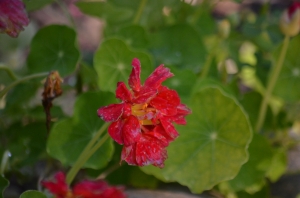 4) Grow Edibles … And Share the Harvest
4) Grow Edibles … And Share the Harvest
Nothing tastes better than homegrown food, and you can’t beat the health benefits of freshly picked vegetables and fruits.
6) Select Easy-Care Plants
7) Resolve to sit in your garden once a week
9) Out with the tired …
Happy gardening new year!